| Module 1 | Electronic health records (EHR) introduction |
Unit 1
|
Unit 2
| |
|---|---|---|---|---|
| Module 2 | Making the value case |
Unit 1
|
Unit 2
|
Unit 3
|
| Module 3 | Clarifying legal and policy issues |
Unit 1
|
Unit 2
|
Unit 3
|
| Module 4 | Forming partnerships |
Unit 1
|
Unit 2
|
Unit 3
|
| Module 5 | Analyzing clinical data and workflows |
Unit 1
|
Unit 2
|
Unit 3
|
| Module 6 | Analyzing technical options |
Unit 1
|
Unit 2
|
Unit 3
|
| Module 7 | Implementing data exchange |
Unit 1
|
Unit 2
| |
| Module 8 | Optimizing data quality and use |
Unit 1
|
Unit 2
|
Unit 3
|
| Module 9 | All toolkit downloads |
Unit 1
|
Toolkit for Planning an EHR-based Surveillance Program
The surveillance information lifecycle
Successfully using information from electronic health records systems (EHR) for public health surveillance requires creating a value case, engaging stakeholders, implementing appropriate technologies, and ultimately using information to improve health.

